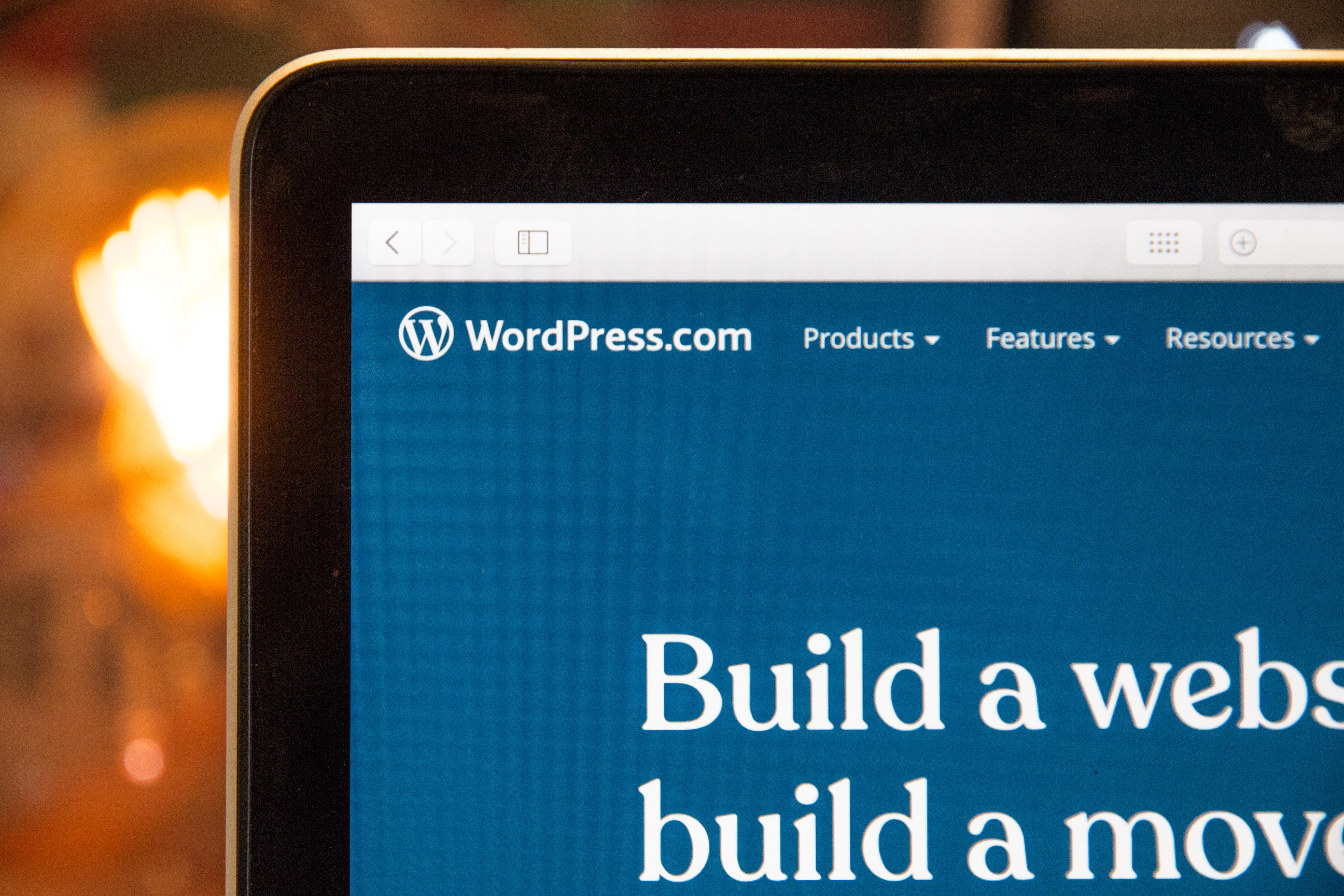When the internet began, building a web page was not at easy. It was a costly and time consuming affair, there were many things that had to be designed and made especially for a certain page. Plus, there was the whole design thing that demanded a lot of time, creativity and very good communication between the person wanting the page and the person actually making it. Nowadays, not many of us remember those days of web pages made to order. Development of different programme tools enables us to finish a project that would normally take months, in just a couple of days, and at the same time giving the user a friendly experience escorted by a satisfying visual event.
The content management system we are talking about here, is WordPress, a system released 17 years ago by an American Matt Mullenweg and an Englishman Mike Little. More than 60 million web sites uses it and is currently one of the most popular content management systems on the market. Technically speaking,. WordPress is a free (with payable goodies) open-source management system, written in a PHP programme language and uses MySQL and Maria DB as its databases. Most of you probably know WordPress as a blogging platform, and that’s exactly what it was in the very beginning. As the number of users began growing, the platform evolved into a reliable supporter of media galleries, forums, online stores and similar.
The simplest and most literal definition of WordPress is a factory that makes web pages. The simplest and most common task is that it stores content and enables the user to design how they want to showcase this content. The main feature of WordPress is that it give the user a chance to very quickly and without much hassle changes the way the page looks, using its Themes function. These Themes allow the user to change the functionality and outlook of the page, but don’t have to dwell into the more complex core code or site content. The options with themes are endless. First of all, some are free and that would be the simpler ones, others however, are payable. Free themes are generally listed in WordPress theme directory, payable ones are generally available from market places, such as Wix or Themeforest and ofcourse directly from individual WordPress developers. If you feel tech savvy and like you need a challenge, you can also get into making your very own WordPress theme, you will learn a lot and can make it just as you want it.
Each WordPress site requires at least one theme and the themes must be created in a certain manner, with structured PHP, valid HTML and CSS. When you pick a theme you want to use, you can simply install it or copy the themes folders into themes directory. Behaviour of Themes can be altered by changing the PHP, HTML and CSS components, but you can also copy the characteristics of another theme into your own chosen theme and apply them there. Another thing that WordPress offers, is the plugin architechture. This allows users to even further extend the functionality and features of a certain page, making it their very own. This comes in handy, when you already have a theme picked out and just want to make it even more versatile, but don’t have the time to go and create a whole new theme with that exact component. The plugins enable you different things, some are targeted towards SEO, some towards client portals, some enable you to add widgets and navigation bars, it’s all very flexible. Bear in mind that not all plugins match all the templates, some are newer, some a bit rusty, and there could be discrepancies, but usually a solution can be found to make everything work. Because of the times we live in, application is in a lot of cases as good as gone, if it doesn’t have a mobile version. WordPress has one, and it enables access from Web OS, Windows phones, Androids and Blackberries. You can’t really create say a new blog through the app, because getting all the visual components correct would be tricky, but you can create a new blog post, comment, moderate and go through the statistics. If you happen to run into a wall and don’t know what to do next, or just need some good old education, the WordPress team would be happy to help. So, given all the information, it’s now just the time to start your new career as a blogger, you already have all the tools you need, just sit down and start writing.


Comment here